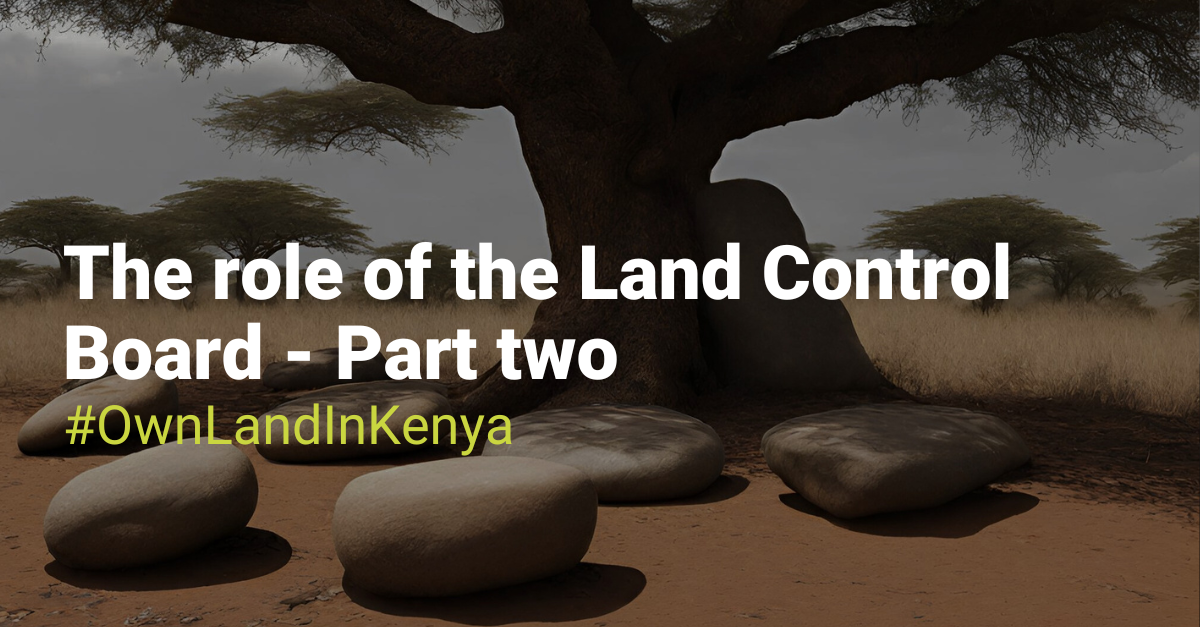In our previous article, we emphasised the crucial role of the Land Control Board in regulating land transactions in Kenya. We now delve into the practical steps of engaging with the Land Control Board.
1. Submission of Application: The initial and most critical step in seeking permission from the land control board is to complete an application form. This form, which can be obtained from your legal representative, serves as the official request to the board for any land-related action. It’s vital to submit this application at least seven days before the scheduled Land Control Board meeting to ensure its timely review.

2. Payment of Hearing Fee: A hearing fee of Ksh. 1,000 must be paid upon application submission to the Ministry of Lands cashier’s office. After payment, a formal receipt and a duplicate are issued. The duplicate receipt is to be attached to the application form, which is then handed over to the secretary of the Land Control Board. This payment ensures your inclusion in the list of scheduled meetings.
3. Presentation to the Board: On the meeting day, your presence will be required as the board considers your application. As the owner of the land, your presence is required. Some boards may allow you to send an advocate to represent you. Check for your location to be sure. Your name will be called, and you can present your case before the board members. They will assess the merits of your request and subsequently either approve or disapprove it. In the event of approval, a consent letter will typically be issued within five days, permitting you to proceed with your proposed action.

4. Required Documentation: Certain documents are essential to substantiate your case when appearing before the land control board. These may include certified copies of incorporations, PIN certificates, memorandum and articles of association, mainly if the transaction involves a corporate entity. Additionally, if the land transaction is with an individual, the presence of legal representation is advisable to ensure compliance and facilitate the process.
5. Addressing Disapproval: In the unfortunate event that the board does not grant permission, there are avenues for recourse. You can petition the decision or address any issues highlighted by the board for correction. This process underscores the importance of thorough preparation and adherence to legal requirements, as it allows for a fair and transparent review of your case.

On the other hand, when permission is granted, you will be provided with a letter of consent. Depending on how busy they are that day, it may be prepared immediately, or they may ask you to come back within a few days to collect the prepared consent.Navigating land transactions in Kenya necessitates a comprehensive understanding of the Land Control Board’s role and procedures. We hope these articles have been useful for you in that regard.
If you’re considering a land investment, don’t hesitate to contact us and secure your stake in Kenya’s promising future. Click on this link for more information on our current properties – https://bit.ly/GALProperties



Be the first to comment!